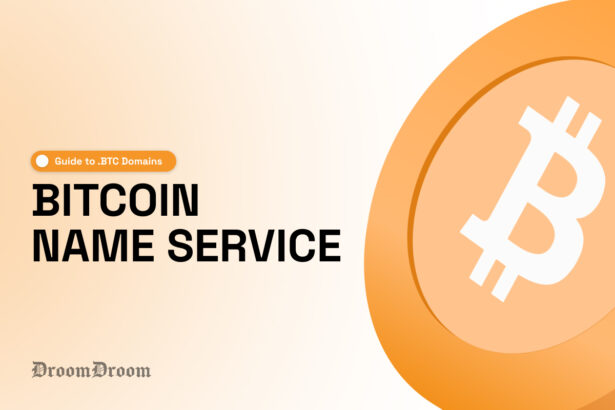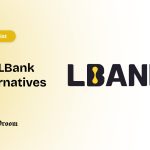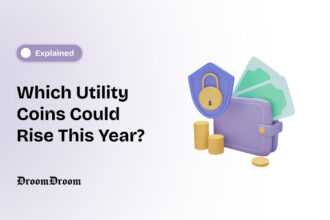For many of us interacting with blockchain networks like Bitcoin can be intimidating primarily due to the complexity of wallet addresses. These alphanumeric strings are difficult to remember, prone to input errors and uninviting for newcomers.
Similar to how the Domain Name System (DNS) translates domain names like www.example.com into IP addresses, a similar need for user-friendly identifiers have brought about an innovation in the blockchain space that we are going to discuss in this article.
Bitcoin Name Service (BNS) is a decentralized naming system built on the Stacks blockchain. It is designed to make blockchain interactions more accessible. By mapping human-readable names to blockchain addresses, BNS makes the user experience smoother and reduces the chances for errors in cryptocurrency transactions.
This article will walk you through how BNS and .BTC domains function, their benefits and the technical mechanisms behind them.
What is the Bitcoin Name Service (BNS)?
The Bitcoin Name Service (BNS) is a decentralized phonebook system. It enables users to register and manage human-readable names that map to complex alphanumeric wallet addresses.
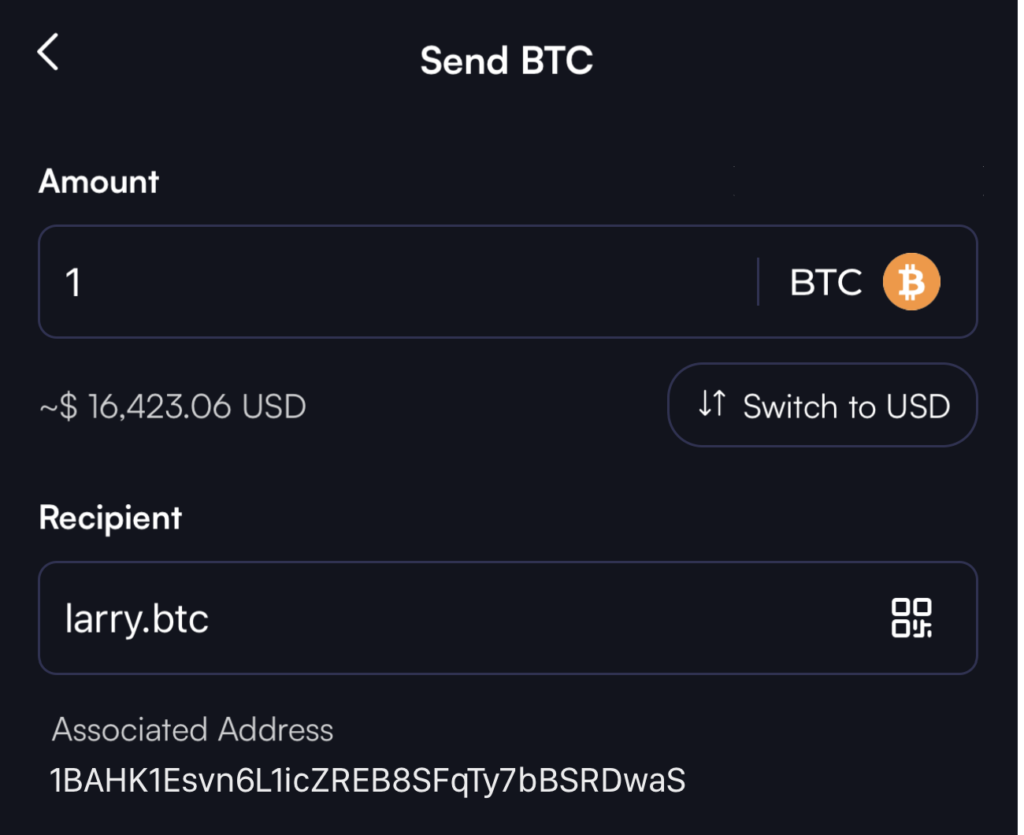
What Is The Role of BNS in Simplifying Blockchain Interactions
Well, in traditional blockchain transactions sending or receiving cryptocurrency involves copying and pasting cumbersome long unintuitive wallet addresses. A minor error in any character can make up a financial loss.
BNS addresses this very problem by allowing users to link easily memorable, human-readable names (such as ronak.btc) to their Bitcoin and Stacks addresses.
.BTC domains are blockchain-based names that function similarly to website domains but are registered on the Bitcoin network. This domain is a top-level domain (TLD) within the BNS ecosystem. These domains allow users to associate a simple, memorable name with their Bitcoin address.
Once registered as a user you can share your simple .BTC domain names which greatly simplifies the process of receiving and sending funds across the blockchain.
How Do .BTC Domains Work?
When a user registers a .BTC domain the name is recorded on the Bitcoin blockchain to ensure its immutability and security. Each domain becomes a decentralized identifier to allow you to streamline transactions and interact with decentralized applications (dApps) and services on the blockchain more easily.
Namespaces and Names
At the heart of the BNS system are namespaces. They function similarly to top-level domains in DNS. For example, .btc, .id and .stx are namespaces in the BNS system. Each namespace can host multiple names (e.g., alice.btc or bob.id) with names being unique within their namespace. Yes, this gets interesting from here on out!
You must know that namespaces in BNS control several key factors like —
- The cost of registering names.
- The length of time for which names are valid before requiring renewal.
- The rules governing who can register names within the namespace.
BNS names are owned by the user’s private keys of course. This is because it ensures that only the rightful owner can modify or transfer the name. You can imagine how this strong ownership model enhances security by preventing unauthorized changes.
Zonefiles
Another interestingly important component in the BNS system is the zonefile. It is a decentralized storage file that holds additional metadata associated with a registered name.
Zonefiles can store various data including address mappings (e.g., linking a .BTC domain to a specific Bitcoin or Stacks address) and other relevant metadata such as social links, website information or decentralized identity (DID) details.
Zonefiles are stored off-chain but their hash is anchored to the blockchain to make sure there is integrity and immutability. This serves a lot of purposes by the way!
This allows BNS to remain decentralized while ensuring that each name has relevant data attached to it without overburdening the blockchain with excess data storage.
Benefits of Using .BTC Domains
So what makes .BTC domains stand out?
User-Friendly Experience
It goes without saying that .BTC domains makes blockchain interactions more accessible for users. Imagine using simple and actually memorable names like alice.btc instead of complex alphanumeric strings like 3J98t1WpEZ73CNmQviecrnyiWrnqRhWNLy.
Reduced Errors
Obviously .BTC domains hugely reduce the chances of making mistakes when sending or receiving funds. The risk of copying or pasting an incorrect address is virtually eliminated when using an easily identifiable name.
Unified Identity
One of the amazing features of BNS is the ability to create a unified identity across multiple platforms. A .BTC domain can be used not only for cryptocurrency transactions but also as a username or identifier in Web3 applications, social media and decentralized communities. You basically maintain a consistent identity across various blockchain services which contributes to a more seamless experience.
Integration with Web3 Applications
By using a .BTC domain, users like us can easily interact with Bitcoin-based applications, exchanges, wallets and more— wait for it—all from one simple name. This compatibility streamlines the process of interacting with DeFi platforms and blockchain-based applications.
How BNS Works
Understanding the advantages of BNS is one thing, but knowing how it operates is crucial.
The Registration Process
The Bitcoin Name Service (BNS) registration process involves some steps to make sure there’s secure and fair domain acquisition. This system protects users from malicious actors attempting to “front-run” and claim desirable domain names before the rightful owner completes the registration.
How to Register a .BTC Domain?
Here’s a step-by-step guide to help you through the registration process.
1. Choose a BNS Registrar
The first step to acquiring a .BTC domain is to select a trusted registrar. Several platforms offer BNS domain registrations such as BNS.xyz or HeyLayer. These registrars provide a user-friendly interface to guide users through the process of registering their domain names.
2. Search for Availability
Once a registrar is chosen users can search for the availability of their desired .BTC domain. Most registrars provide a simple search tool that allows users to check whether a name is already taken. If the name is available, the user can proceed with the registration process.
Now, the process is divided into three phases—
3. Preorder Phase
During the preorder phase you can reserve a name by submitting a “salted hash” of the name you want to register. Let me explain. A salted hash is essentially an encrypted version of the name which adds a layer of security to prevent front-running—an attack where someone else registers a name before the original requester can.
4. Reveal Phase
In this phase you will reveal the actual name you want to register. Once that is revealed the transaction is processed on the Stacks blockchain and the user secures ownership of the domain.
5. Fast Registration (Optional)
For users who want to bypass the preorder phase, BNS offers a fast registration option, where they can register their name in one transaction. But listen this comes with risks as fast registration doesn’t offer the protection of the preorder-reveal mechanism.
Each registration requires a transaction fee in STX (Stacks tokens) as the process is anchored to the Bitcoin blockchain via the Stacks network.
Name Management
Once a user has registered their .BTC domain you will then have full control over its management. You know beyond this there are several actions available like—
- You can update your domain’s zonefile which contains the metadata associated with the domain. Any such updates are basically propagated across the network to ensure all nodes recognize the latest version of the zonefile.
- Domains are represented as non-fungible tokens (NFTs) on the blockchain which obviously makes it easy to transfer ownership.
- Domains in the BNS system have expiration periods depending on the namespace they belong to. For example, .BTC domains are typically valid for five years. To maintain ownership, you must renew your domain before it expires.
What Is BNS v2?
The release of BNS v2 introduces some really cool upgrades to the existing Bitcoin Name Service. It will improve both functionality and security. Built on the Stacks blockchain, BNS v2 allows users to register, manage and trade .BTC domains more efficiently.
Let me tell you the key features of BNS v2—
- NFT Integration: Names are represented as NFTs to make it easier to trade and transfer ownership securely.
- Marketplace Functions: Domains can be listed and traded on decentralized marketplaces.
- Managed Namespaces: Namespace managers can enforce custom rules which add flexibility and control.
Conclusion
During the first week of November 2022 the surge in transaction volume for Bitcoin usernames with .btc reportedly shot up to 260%.
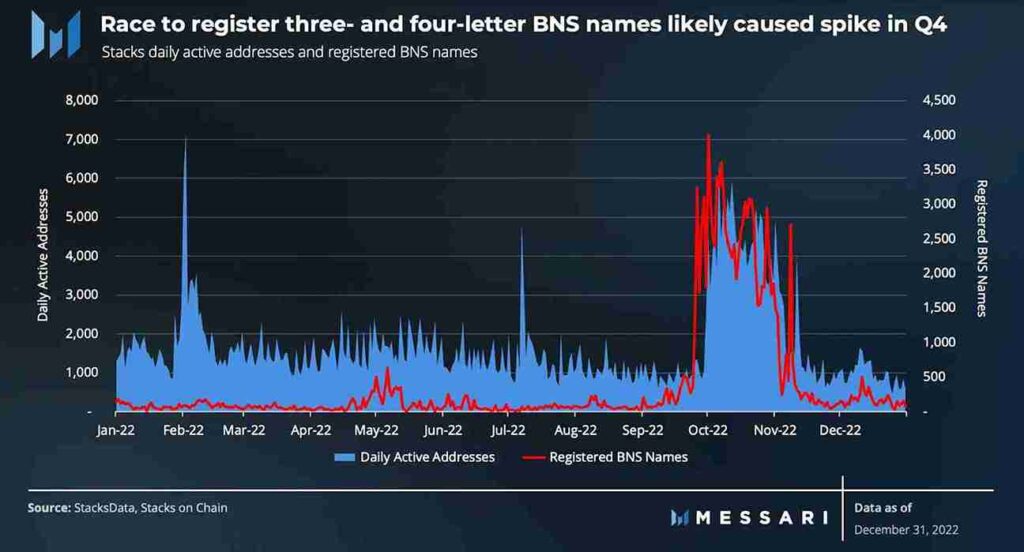
The data can tell us that the Bitcoin Name Service (BNS) is a really useful innovation in making blockchain technology more accessible to everyday users. By allowing people to register simple human-readable names for their wallet addresses BNS streamlines the transaction process and reduces the potential for errors.
The transition to BNS v2 brings even more improvements and improves the overall user experience.
